Camponotus cruentatus workers storing brood over the heat mat.
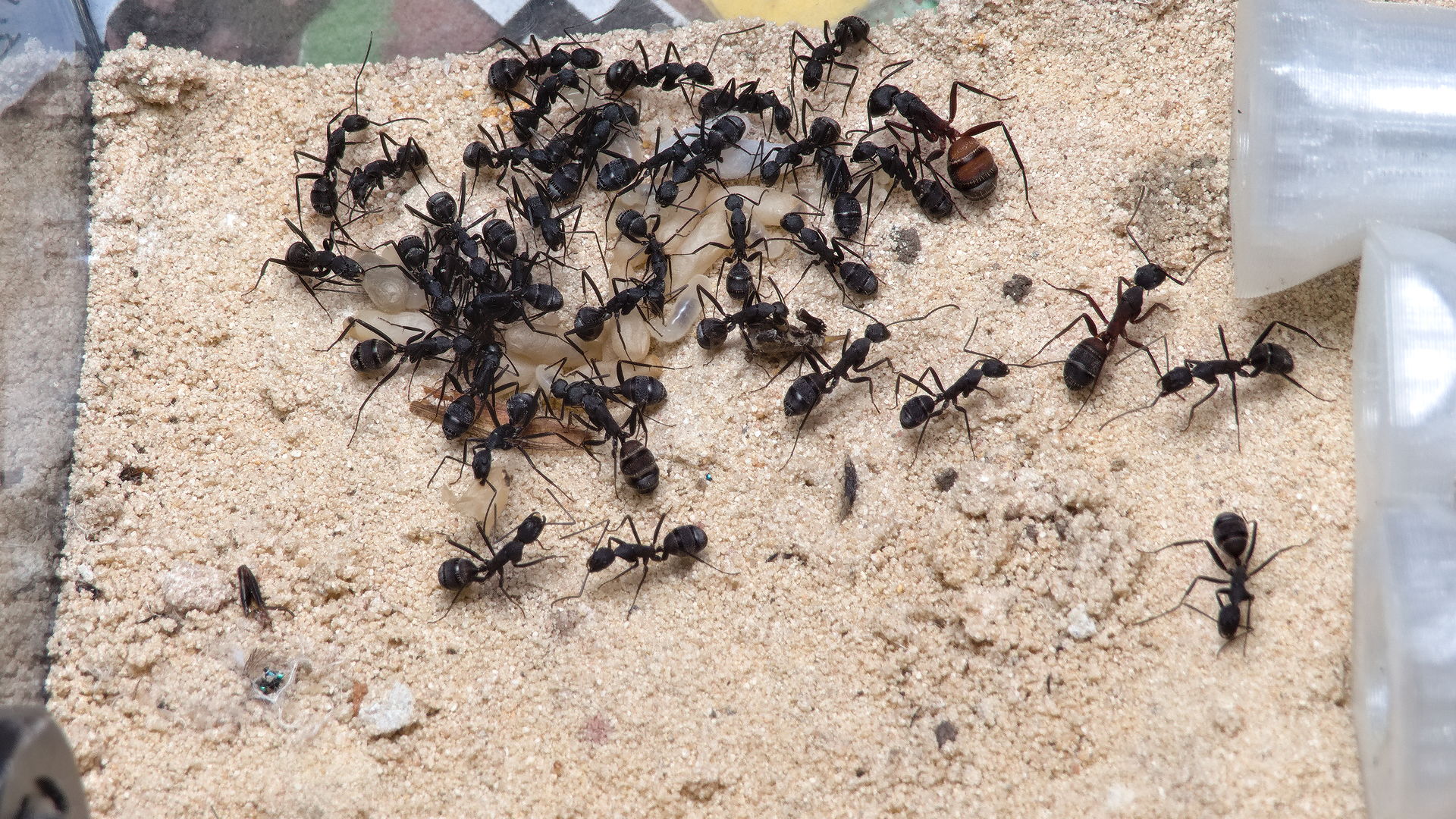

Nice photos!
Acanthomyrmex thailandensis major
Acanthomyrmex is such a weird little genus. I like them because of the dimorphism, just like in my fav genus, Pheidole.
I currently maintain a site dedicated to the hyper-diverse myrmicine genus Pheidole.:
I also own the Lurker's Guide to Leafcutters Ants
Pheidole bilimeki soldier with cookie bait.
Have no idea whether my ID is correct at this point, but found these cute little critters in a town's downtown in central FL.
https://keyapa.com/p...orangey-townie/
The soldiers are somewhat timid, but were adept at being able to handle a Pheidole obscurithorax minor that was too inquisitive about the bait I had used to find them
Edited by kalimant, October 10 2024 - 7:22 PM.
I currently maintain a site dedicated to the hyper-diverse myrmicine genus Pheidole.:
I also own the Lurker's Guide to Leafcutters Ants
Huge Solenopsis invicta striding past the dead bodies of Pheidole megacephala killed by its brethren. Note the size of the P. megacephala soldier to its right for comparison.
I currently maintain a site dedicated to the hyper-diverse myrmicine genus Pheidole.:
I also own the Lurker's Guide to Leafcutters Ants
Pheidole megacephala minor worker confronting Pheidole obscurithorax soldiers
https://keyapa.com/p...-confrontation/
Edited by kalimant, November 13 2024 - 6:42 AM.
I currently maintain a site dedicated to the hyper-diverse myrmicine genus Pheidole.:
I also own the Lurker's Guide to Leafcutters Ants
Pheidole megacephala minor worker confronting Pheidole obscurithorax soldiers
Wow, she does not know what is coming because looking at the Pheidole obscurithorax majors’ mandibles, they are a predatory species specializing in killing live prey / ants
Currently keeping:
1x Formica subsericea, 35-40 workers + maybe eggs
1x Crematogaster cerasi, only queen now, workers ded ![]() *internal screaming*
*internal screaming*
1x Myrmica ruba sp around 10 workers + pupa
*New* 1x founding Camponotus pennsylvanicus + eggs that die (probably infertile)
*New* 2x Camponotus nova, one is infertile
*As you watch your ants march, remember that every thing begins with a small step and continued by diligence and shared dreams*
-A.T (which is Me)
Pheidole megacephala minor worker confronting Pheidole obscurithorax soldiers
Wow, she does not know what is coming because looking at the Pheidole obscurithorax majors’ mandibles, they are a predatory species specializing in killing live prey / ants
Actually, the aggressors in this case are the P. megacephala. Although each individual P. obscurithorax soldier is significantly stronger than even the P. megacephala soldiers, the numbers are on the side of the latter. I expect the larger species to abscond from their nest in the next few days as this P. megacephala node is very large and is expanding.
This P. obscurithorax soldier got mobbed by P. megacephala minors, but later managed to extricate itself. The soldiers are seriously strong.
I currently maintain a site dedicated to the hyper-diverse myrmicine genus Pheidole.:
I also own the Lurker's Guide to Leafcutters Ants

POPULAR

Nylanderia emmae in a fungus covered chamber

Camponotus vs Paratrechina

Myrmecina (mite eating ants), fairly uncommon genus

Chronoxenus social parasite being attacked by host Tapinoma workers

Large Tapinoma melanocephalum nest

Strumigenys cf. nanzanensis nesting next to Nylanderia emmae
Edited by Leo, February 15 2025 - 6:09 PM.
Beautiful! I love the colors in your photos!
Why is the Nylanderia chamber covered in fungus?
I recently went out to collect specimens of California's Solenopsis "aurea." If they look like S. xyloni to you, that's because they are actually an undescribed sister species to the taxon S. xyloni. This species only exists in the Salton Trough, along the Colorado River, and are scattered through other adjacent areas. This fire ant species forms a group with the S. xyloni (which is actually 4 different species!), which is a sister group to the group formed by S. ambylchila and S. aurea. The following photos display both full-size majors, minors, and those in between.
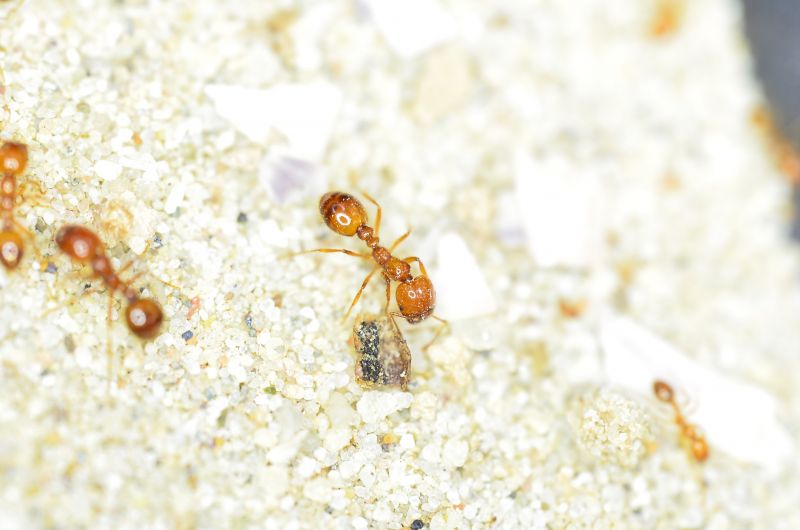
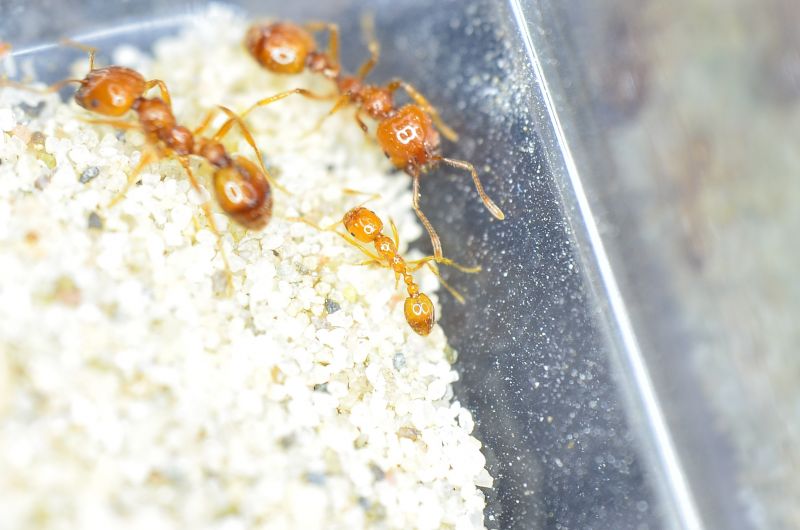
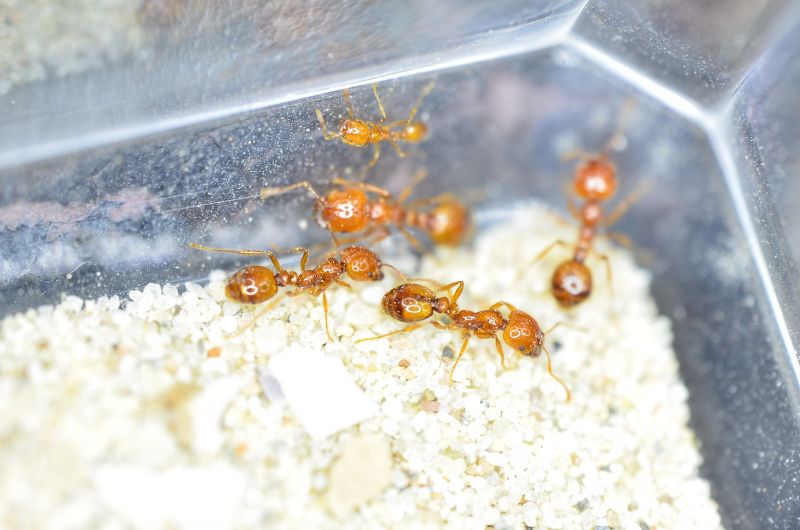
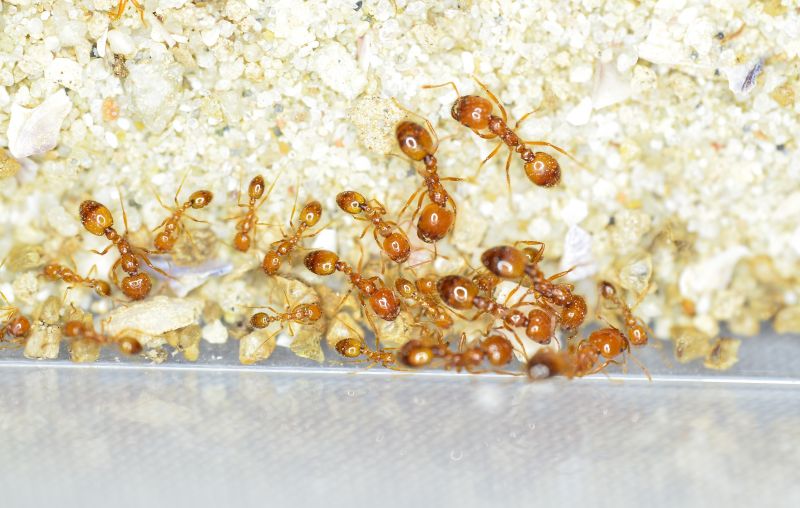
Photography of critters I found during my trip to Vietnam!
Termites(obviously not ants but still cool!):
I accidently crushed a worker while I was carefully making a small opening on their tunnel. I'm sorry little termite, RIP. ![]()
Tarantula Hawk-looking wasp:
Tetraponera sp. (?)
It was foraging on the dead wasp.
Edited by IdioticMouse26, April 18 2025 - 1:43 AM.
Oh, so this is how the signature function works. Nice.

POPULAR

Pheidole vs Carebara

Pheidole vs Carebara part 2

Rostrastruma stenoceps, fairly rare species

Strumigenys feae, largest strumi in HK

Dilobocondyla propotriangulata, also fairly rare species

Camponotus lianghuang, undescribed species
Some non ants:

Big [censored] centipede

Rather well camoflaged spider

Futsing's wolf snake
Hi guys, I have been a bit slack lately and haven't posted anything for a while. I recently moved to another state and with that came new ant species to discover. In order, Pseudneoponera sp., Leptogenys sp., Meranoplus sp., and a species of Rhytidoponera. A bit harder to get ants identified out here because no one really lives out here and are familiar with the ants. I will post more when I come across them.

Carebara altinodus
Fairly common species of Carebara. Queens look very similar to majors, and minors have surprisingly painful stings despite being ~1-2mm

Leptogenys rufida
Fairly rare species of Leptogenys, nests in soil.

Leptogenys rufida

Calyptomyrmex rectopilosus
Cute little worker with a lot of erect hairs all over. One of the less interesting Calyptomyrmex though.

Strumigenys rallarhina
Queen

Strumigenys rallarhina
A cool bit of grooming

Hypoponera sp

Aenictus sp. (Laeviceps-group)
A lil mite on a ride! Wheeee

Phlogiellus sp.
Big Mama
Edited by Leo, July 28 2025 - 7:33 AM.
Went to Borneo recently, was a bit of a lazy bum so I didn't get a photo of everything but here's some interesting inverts.

Myrmicaria melanogaster
Fairly common semi-arboreal species in Danum rainforest. Makes carton nests in trees.

Polyrhachis sp (Subg Myrma)
Might be an undescribed species actually, couldn't find any literature describing a species with an iridescent blue abdomen.

Leptogenys processionalis (sp complex)
The trails that this species forms are unreal. At the widest point, the trail fanned out to well over 3-5m, covering the ground in a moving carpet of angry stinging ants. A short vid down below if you want to take a look.
https://youtube.com/...k?feature=share

Camponotus cf. festinus
Largest camponotus queen i've seen, more than 2.5cm.

Strumigenys sp. (Lyroessa group)
Leaf litter ant diversity was unreal, but didn't really go through it until we were essentially about to leave, whoops!


Myrmicaria sp (Arachnoides group)
Very colorful Myrmicaria species. Also makes carton nests in trees very reminiscient of Polyrhachis nests. Seems to have evolved a convergent threat display with Crematogaster (venom on extruded stinger and all)
Also I didn't get any good photos of Dinomyrmex gigas unfortunately ![]() . Maybe next time...
. Maybe next time...
----------------------------------------------------------------------------------------------------------------------------------------------------------------------------------------------------------------------------------------------------------------------------------------------------------------------------------------------------
Some non-ant fellas

Gonocephalus bornensis
Godzilla looking fella with the spines on the back

Foraminis perforatus
A triceratops!

Hoplia aurata
Shiny scarab, little guy is blinged out

Inara sp.
Poor Dolichoderus workers on its back.

Haemadipsa guangchuanensis
These leeches were the bane of my existence in the rainforest. Just a relentless onslaught of these orange boogers trying to get under your clothes.
Edited by Leo, July 28 2025 - 7:57 AM.
0 members, 2 guests, 0 anonymous users